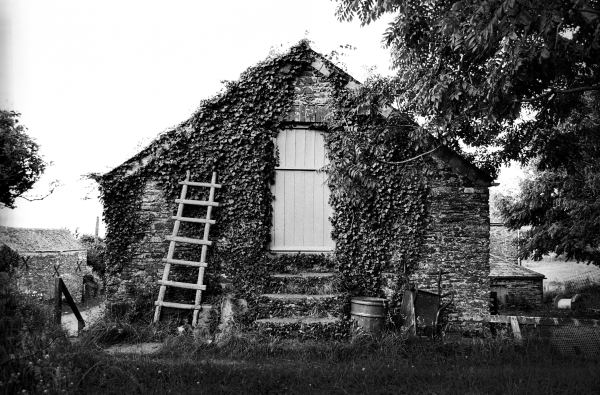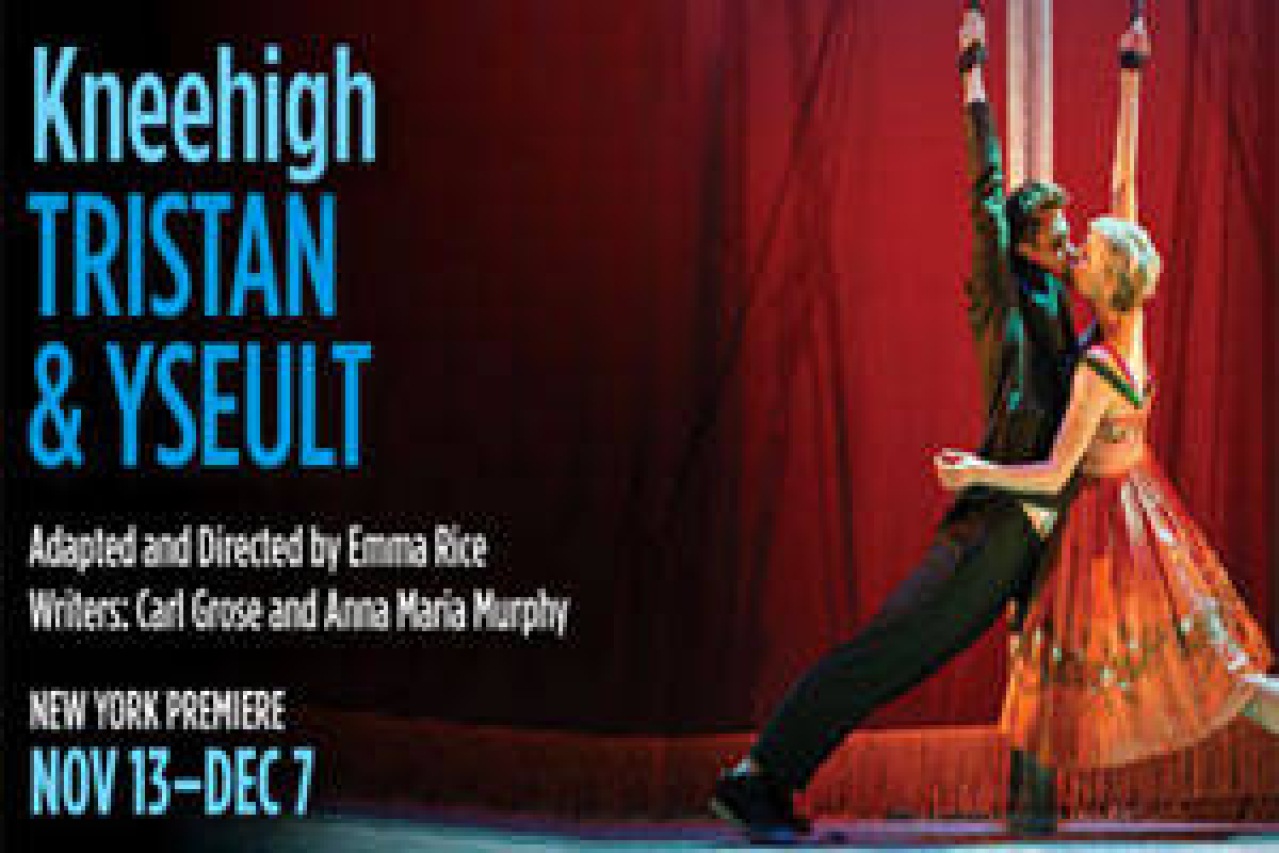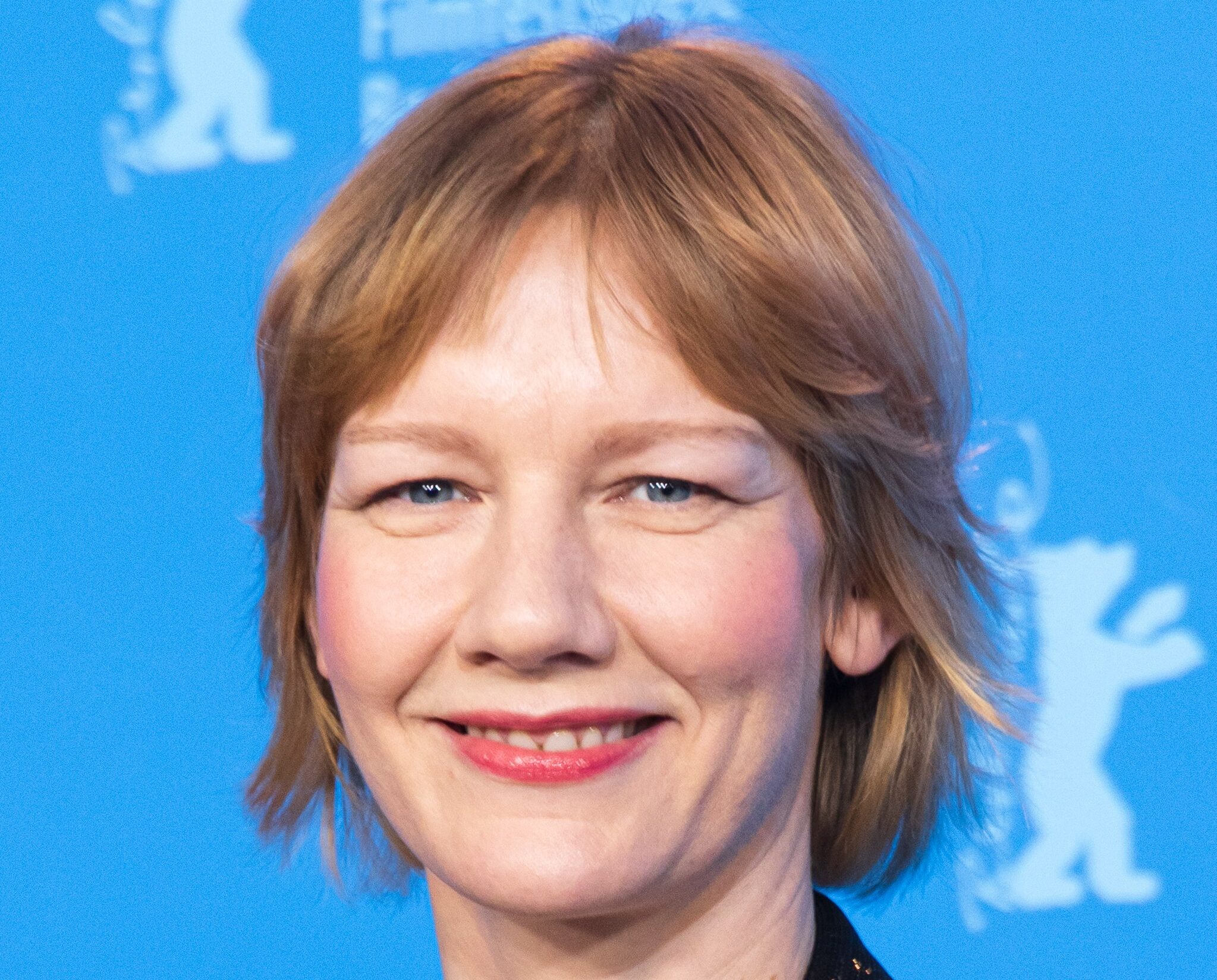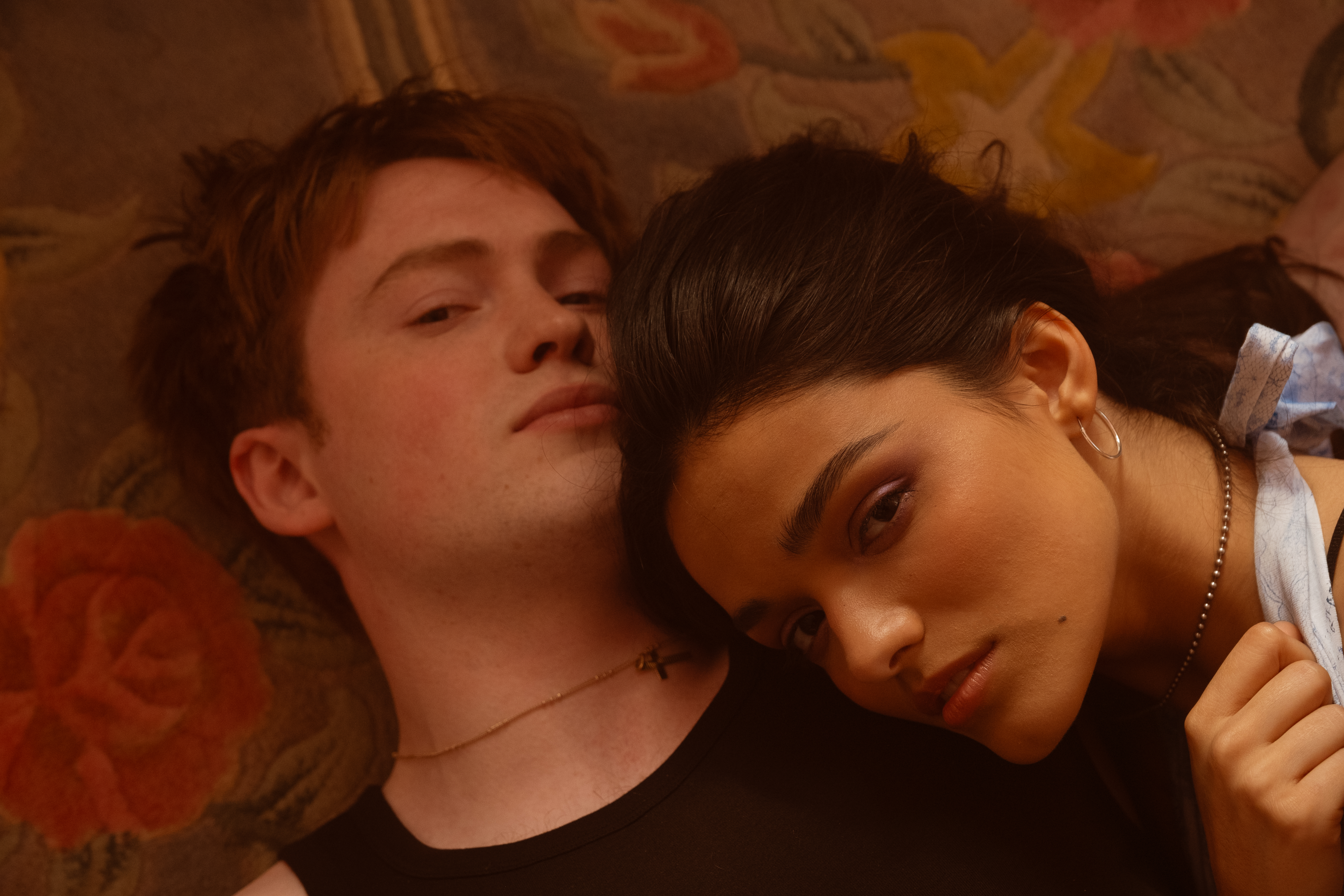Kneehigh's Emma Rice on Reimagining an Ancient Love Story From a Barn at the Edge of the World

(© Richard Termine)
Emma Rice, joint artistic director of groundbreaking English theater company Kneehigh, first joined the ensemble as an actor 20 years ago and quickly decided to make the Cornwall-based collective her home.
"It's amazing," Rice told TheaterMania. "These people are now my friends and my family, and we make theater in the most beautiful place in the world. When I first joined in '94, I fell head over heels in love with Kneehigh and I'm still here."
A few years into her tenure with the company, Rice, who is known in the Broadway community for helming 2010's Brief Encounter, began taking on directing projects. In 2005, her whimsically inventive production of Tristan & Yseult gained a broader stage when it was discovered by the National Theatre. "It had a fantastic early life," Rice recalled, "and then we finished it, We said That's it, we'll never do it again."
Rice's retelling of the ancient Celtic tale has recently been resurrected for audiences on this side of the Atlantic, however. Tristan & Yseult played at Berkeley Repertory Theatre last season and is now in a limited run at Brooklyn's St. Ann's Warehouse, where Rice says the intervening years have imbued the original staging with an "even deeper emotional heart."

(courtesy of the company)
Was Tristan & Yseult the first Kneehigh production that gained recognition on a national level?
It was really the first one of my productions that did. But Kneehigh's been around a long time. We've been discovered many times and we get forgotten as well.
Kneehigh is known for its innovative multidisciplinary staging. How is that tradition a product of the company's unique origins?
Kneehigh's history was as a very physical company because there were no theaters in Cornwall for a very long time so the work was always outdoors — car parks and on cliff tops and wherever they could find a space. And that made for a very robust sort of storytelling. We all love telling stories. We love comedy. We all clown all the time. You couldn't stop that happening even if you wanted to. So I never stop the clowning, but it's always got a real truth at the heart. We always know the story we're telling and why. The hope and the passion is that the comedy serves the tragedy and that if you're open enough to laugh, the tragedy will touch you even more deeply. I believe you should have a good night out at the theater, and I think too much theater is like medicine.

(courtesy of the company)
Is Kneehigh more about aesthetic or process?
Well it's certainly not about aesthetic but everything is to do with your choice and your taste. And it's hard to work out where Kneehigh ends and I begin. We're pretty much entwined now. All I ever really do is write down the story and then explore it with the actors. We always talk about "why," and we always work nonverbally. The words are the last thing that happens. But at the same time we're always making music and dancing. We sing and we dance all the time and then it comes together! It's like landing planes. You make lots of beautiful planes and then bring them all down in the right order.
Tell me more about Kneehigh's initial rehearsal process.
We use some barns, which are on the very remote part of the Cornish coast. They're pretty cold but there's a wood stove and there's a big kitchen and that's where we make the work. It's great because it's very beautiful and it's very wild and it's very isolated, which means nobody does anything else. It's not magic. It's really simple. Nobody can meet up with anybody else and nobody can go home and no one can really get much phone reception. So that means we all talk to each other. We do ten till six like anybody else, but then we all hang out and drink wine and it keeps going. The work seeps into all aspects of our lives. We all take care of it as well. We all are very aware of what a special thing we have.
Do you remember what the creation process was like for Tristan & Yseult?
I remember it very clearly. Because it's an ancient, medieval story, I had an idea that it would be told by ancient Cornish saints. We spent the first week creating some very funny characters that I'll never forget based on this sort of bizarre collection of humans from a long time ago. And I remember going home that weekend and thinking, "This is a disaster. This is just very funny but has nothing to do with the story." So I came in at week two — and it's only a four-week rehearsal process — and said, "Just imagine that you're bird spotters but you're looking for love." So I gave them some binoculars and I gave them some notebooks and some silly hats and the rest is history. It sort of fell out of us.
How do you choose source material?
It's whatever I wake up in the night thinking about. I'm a great believer that stories, whether they're films or stories you were told as a child, you log them somewhere in your psyche and they pop up, they emerge when you want them or you need them. I remember somebody who shall remain nameless once saying to me, "It's time for a George Bernard Shaw, Emma. You should be reading that." And I thought, "I'll never be a person that says it's time for a George Bernard Shaw." I always call it "the itch." You start thinking about something and it's like having an itch and you have to start scratching it.
Tristan & Yseult is almost the only exception to that rule. It was actually going to be directed by Bill Mitchell, who is the designer. He passed it onto me, and I wasn't very interested. I wasn't interested in romantic love, and also my marriage had just broken down, so I wasn't feeling very romantic at all. So it took me a little while to fall in love with Tristan & Yseult. But hey, presto — it's probably more me than anything else I've ever made.

(courtesy of the company)











